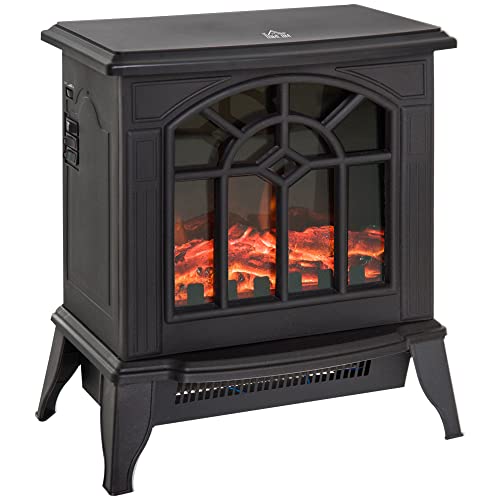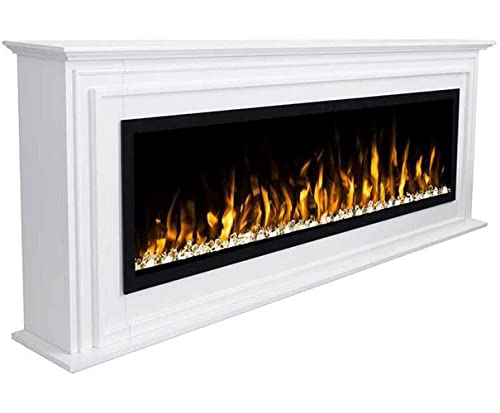This company has no active jobs
0 Review
Rate This Company ( No reviews yet )
Information Company
- Total Jobs 0 Jobs
- Full Address Via Nicola Mignogna 59
Something About Company
The History Of Fireplace Surround




These custom-built surrounds are built from non-combustible materials and adheres to the National Fire Code. They look fantastic in any home style.
Simple Concrete Surround with Marble Slabs
A fireplace surround can be a focal point within an area and it can provide warmth and a sense of style. It is made using a range of materials and be designed to suit many different styles of design. It’s important to consider the style of the room as well as the budget before choosing the design of a fireplace surround.
Marble fireplace surrounds give an elegant look that is compatible with various styles of design. They can be combined with rustic woods and modern metals to create an unique, contemporary design. Marble is fairly easy to maintain and can withstand high temperatures, which makes it a great choice for a fireplace surround.
Stone is a popular material for fireplace surrounds and has a timeless appearance that can be found in a variety of homes. It can be carved or etched for a modern look or left unfinished to give it a traditional appearance. Stacked stone veneers are another popular option to add texture and depth to rooms.
Granite is a very sought-after option for modern surrounds for fireplaces. It is durable and can withstand heat well. It also comes in a variety of patterns and colors which means it can be used to create various styles of design. Quartzite can be also molded and shaped to fit an upscale surround.
The installation of a concrete surround for a fireplace might be feasible for DIYers. This project may seem daunting but it’s much simpler than you think if you work with professionals and plan ahead.
A professional is also recommended when building a marble fireplace surround, as it requires special attention to avoid damage. A skilled carpenter will help you avoid making mistakes that could cost you thousands of dollars in repairs.
If you’re going to use tile for your fireplace surround, ensure it’s approved for high-temperature use. This information is typically found on the package, or you can ask an employee in a home improvement shop.
Leaning Frame Surround
The fireplace surround is an essential design element that can completely transform the entire room. It is not only aesthetically appealing but also serves a practical function. It shields the wall surrounding the fireplace from damage and reflects heat back into the area. It is available in a variety materials and is customizable to match any style or décor.
The right choice of material is crucial to achieving a deliberate aesthetic. Concrete is an excellent option because it’s extremely durable, nonflammable and has an appealing visual appeal with its natural texture and color. It is usually poured in molds to allow you to choose the option of creating an original shape.
Layers are essential when designing your leaning frames. This makes the frame appear more curated than if it were just randomly placed. If you intend to display heavy objects such as lamps or vases on leaning frames, place a piece of lining for a drawer made of rubber under the base. This will stop them from sliding off or damaging surfaces.
If you’re using a marble or concrete surround, think about adding wooden boards on the bottom to hold it in place. It will also lessen the weight and prevent the item from moving while you sip a glass of coffee or wine in the fireplace.
After you’ve decided on the material, it is time to build the actual piece. First, mark the new wall with the dimensions of the surround and then use a saw to cut cleats on each of these marks. Make sure that the cleat on top is at least a foot shorter than the shelf.
Attach the brackets to the wall. Make sure the bolts are inserted into the backerboard and into the stud. Pre-drilling the screw holes is necessary if needed. Then, temporarily clamp the mantel on the backer board. Attach the mantel to the studs using the lag bolts (2-4 bolts per stud). Make sure the bolts are long and strong enough to cover the full thickness of the backerboard plus 2/3 of the depth of the mantel.
Black Firebox Surround
Fireplace surrounds play a useful and decorative role. They shield walls from heat damage and help deflect some heat back into the room, and can make a fireplace more of an attraction in a room. Wood and metal are the most common materials used to construct fireplace surrounds. Metal surrounds are required by the building code in order to guard against nearby combustible substances or to enhance the aesthetics of a fireplace.
The fireplace in this contemporary living space features an all-black firebox with white marble accents. The stone is more expensive and requires more maintenance than wood, but it provides a striking design element to the space. The black finish also joins together the dark tones in the wood flooring and furniture to create an attractive look.
Concrete isn’t just used for driveways and sidewalks. It’s also a versatile and attractive material that can be used to cover fireplaces. It can be cut into custom shapes and poured in place, giving virtually unlimited designs. The concrete surround was formed to create a curved design. It gives a sleek and modern look that contrasts the darker shades of the brick wall and flooring.
Wood is a different popular material that is used for fireplace surrounds. It is available in a variety of colors and textures that can be incorporated into any decor. Wooden surrounds can come in any color to fit your hearth pad. They are lighter and less expensive than masonry surrounds. Most wooden surrounds can be used to accommodate decoration for your mantel, such as lamps and vases.
Certain wood surrounds come with a faceplate which covers the top of mantel and houses the fireplace doors. This plate can be affixed using decorative hinges or fasteners that mimic the appearance of iron wrought.
When choosing a wood mantel or metal fireplace surround It is essential to consider the height of your chimney. Building codes require minimum clearance distances that prevent the spread of fire into the home. This distance can vary depending on the type of fireplace you have and also from state state or country country.
Simple Wood Surround
There are many options available for surrounds if you want to give your fireplace a classic appearance. Certain surrounds are constructed of solid oak, while others incorporate stone legs with oak or pine mantels. You can also choose from pine or oak fire surrounds which are designed to be an affordable and easy option.
Many people prefer to purchase pre-made wood fireplace surrounds since it’s an economical way to achieve the look they desire without having to hire carpenters. Some of the pre-made fireplace surrounds made from pine are available in a range of different finishes so that you can match it to your existing decor.
Another style of wood fire surround is one that has been handcrafted from a high quality oak. It can be stained with a light oak colour or left untreated to allow the natural golden brown of the wood to shine through. This fireplace surround is suitable for gas or wood burning fires and can be fitted either with an arched or flat opening.
There are numerous tutorials online for those with more experience in DIY home improvement projects. They can help you build your own fireplace surround from wood. This comprehensive step-bystep guide from H2O Bungalow will show you how to make an attractive wood surround with pine.
The tutorial will show you how to construct the horizontal portion of the fireplace surround first, and then how to construct the vertical pilasters or columns that support the mantel. After the columns or pilasters are finished you can put up your mantel. The tutorial also shows you how to add the crown molding to fill in any gaps between the cladding and surrounding wall.
Since a fireplace surround made of wood is constructed from combustible material, it is important to adhere to the local fire code and keep it at least 6 inches away from the edge of the chimney opening. It is also crucial to use a non-flammable adhesive to attach the decorative molding and ensure that it remains in place when the surround is set.

